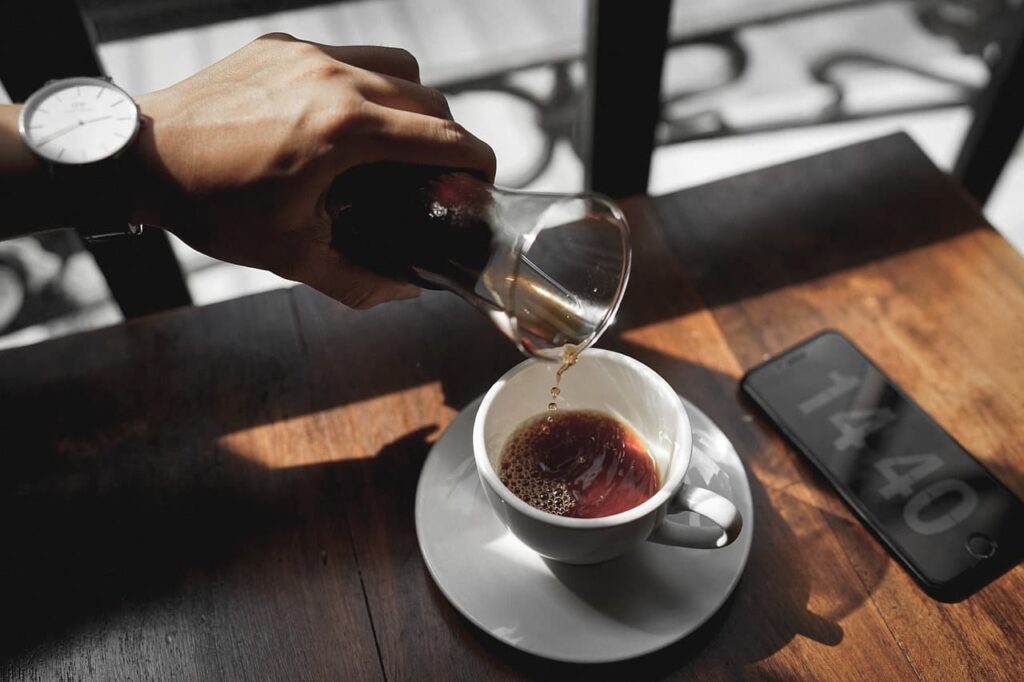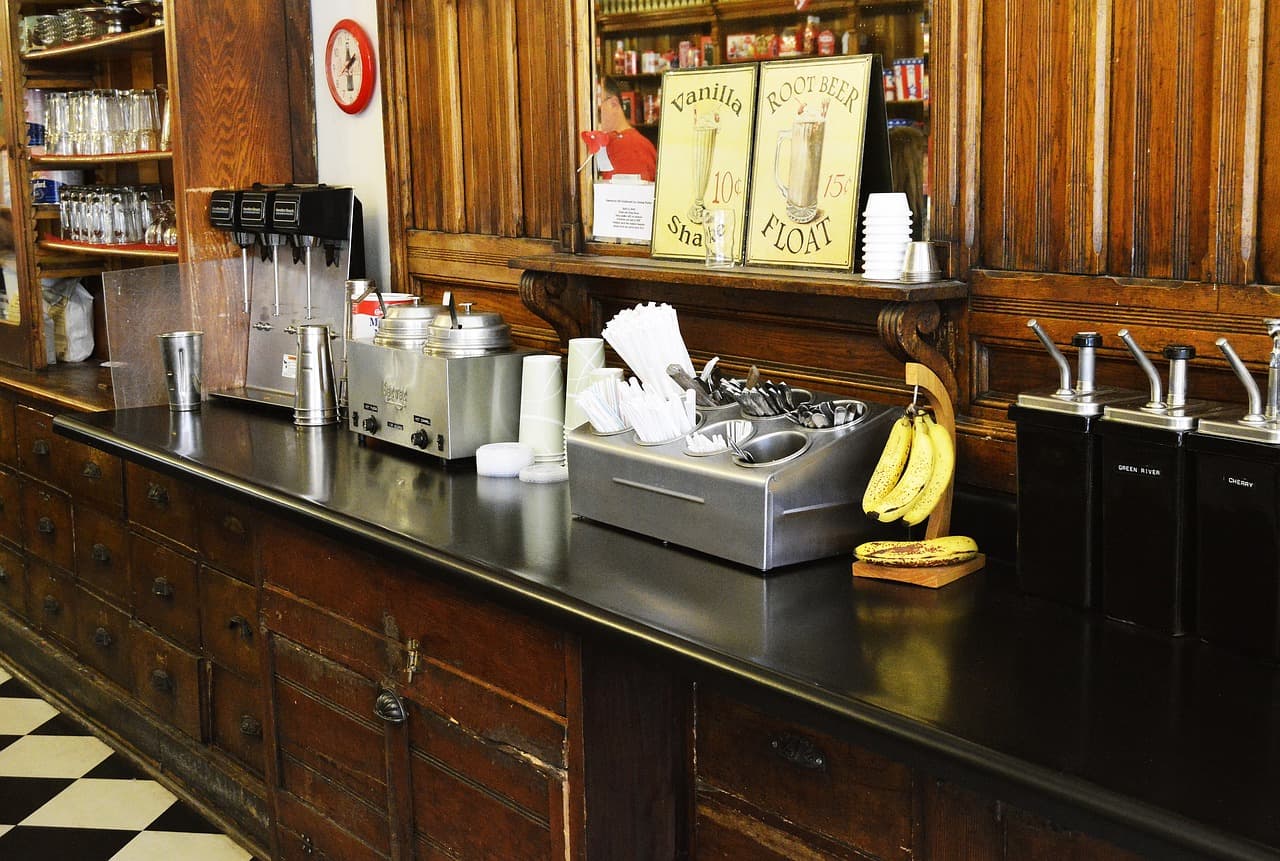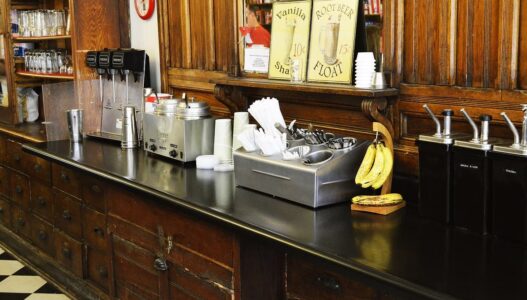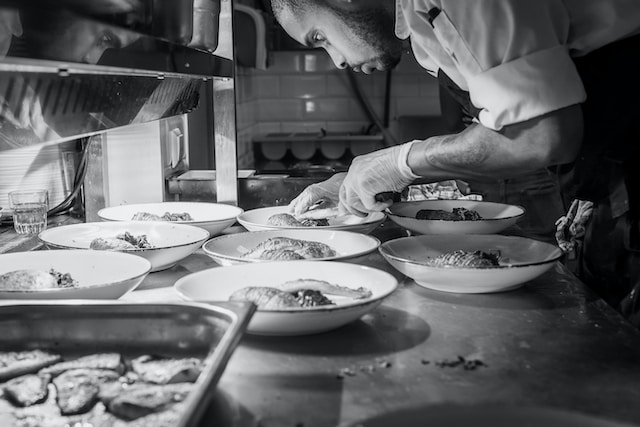California’s cafe culture has a rich and diverse history that mirrors the state’s vibrant and evolving society. From the early days of diners to the modern, eclectic coffee houses that dot the landscape today, the evolution of cafe culture in California reflects broader social, economic, and cultural shifts. This article delves into the key phases of this transformation, highlighting significant influences and trends that have shaped the unique cafe scene we see today.
The Birth of Diners and Early Cafes
The Early 20th Century: Diners and Their Role
In the early 20th century, California’s cafe culture began with the rise of diners. These establishments were more than just places to eat; they served as community hubs where people from all walks of life could gather. Diners were typically characterized by their casual atmosphere, affordability, and extensive menus, which catered to a wide audience. During this period, the concept of a “cafe” was synonymous with a diner, offering simple, hearty meals along with basic coffee and beverages.
Post-War Era: Expansion and Diversity
The post-World War II era brought significant changes to California’s cafe culture. The economic boom led to increased disposable incomes, and cafes began to diversify both in terms of menu offerings and ambiance. This period saw the emergence of themed diners and cafes, each catering to different tastes and preferences. The influence of various immigrant communities also started to become more pronounced, with Italian espresso bars and French-style cafes making their debut.
The 1960s and 1970s: The Counterculture Movement
The Rise of Bohemian Cafes
The 1960s and 1970s were pivotal decades for California’s cafe culture, largely due to the counterculture movement. Cities like San Francisco and Los Angeles became hotspots for bohemian lifestyles, and cafes played a central role in this cultural shift. These cafes were not just places to grab a coffee; they were venues for artistic expression, intellectual discussion, and social activism. The interiors were often adorned with eclectic art, and live music performances became a staple.
Coffee as a Cultural Experience
During this era, coffee itself began to be seen as more than just a beverage. The brewing methods, the origin of the beans, and the skill of the baristas all became important aspects of the cafe experience. This shift laid the groundwork for the specialty coffee movement that would gain momentum in the following decades.

The Modern Era: Specialty Coffee and Third Wave Cafes
The Specialty Coffee Movement
The late 20th and early 21st centuries saw the rise of the specialty coffee movement, which has had a profound impact on California’s cafe culture. This movement emphasizes high-quality, ethically sourced coffee beans, precision in brewing techniques, and a deeper appreciation for the nuances of different coffee varieties. Cafes began to focus on creating a unique and immersive coffee experience for their customers, often collaborating directly with coffee farmers and investing in state-of-the-art equipment.
Third Wave Cafes and Contemporary Trends
Today, California is home to a thriving third wave coffee scene, characterized by cafes that prioritize sustainability, innovation, and community engagement. These establishments often feature minimalist, modern designs and offer a range of brewing methods such as pour-over, siphon, and cold brew. The focus is on providing a personalized coffee experience, with baristas acting as knowledgeable guides.
Moreover, contemporary cafes in California are also embracing the digital age. Many cafes offer free Wi-Fi and create environments conducive to remote work, making them popular spots for freelancers and tech workers. Additionally, the integration of technology in ordering and payment processes has streamlined the customer experience.
The Influence of Health and Wellness Trends
Another notable trend in modern California cafes is the incorporation of health and wellness concepts. Many cafes now offer organic, plant-based, and gluten-free options, catering to the health-conscious consumer. Superfood lattes, featuring ingredients like turmeric, matcha, and beetroot, have also become popular.
Conclusion
The evolution of California’s cafe culture is a testament to the state’s dynamic and ever-changing social landscape. From the humble beginnings of diners to the sophisticated, specialty coffee shops of today, each phase has contributed to the rich tapestry of experiences that define California’s cafes. As the culture continues to evolve, it remains a reflection of the broader trends and values of Californian society, blending tradition with innovation, and community with individuality.



